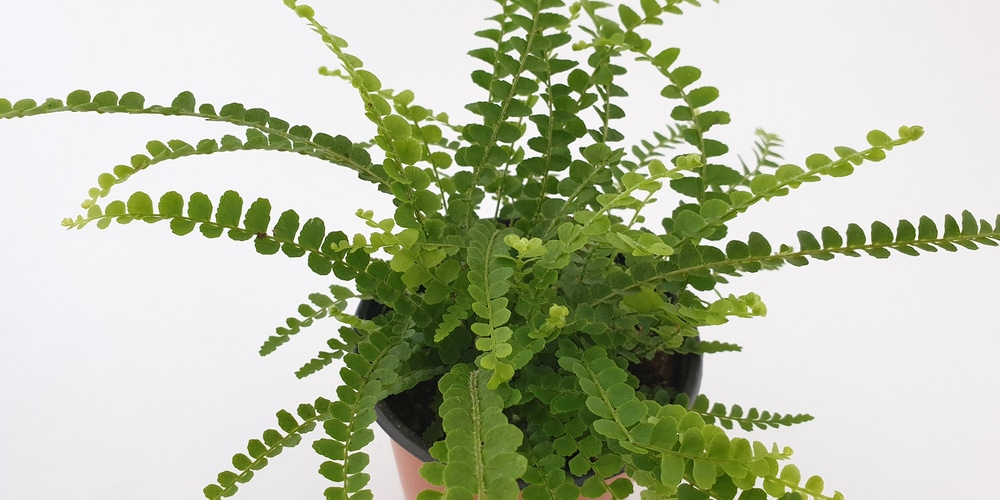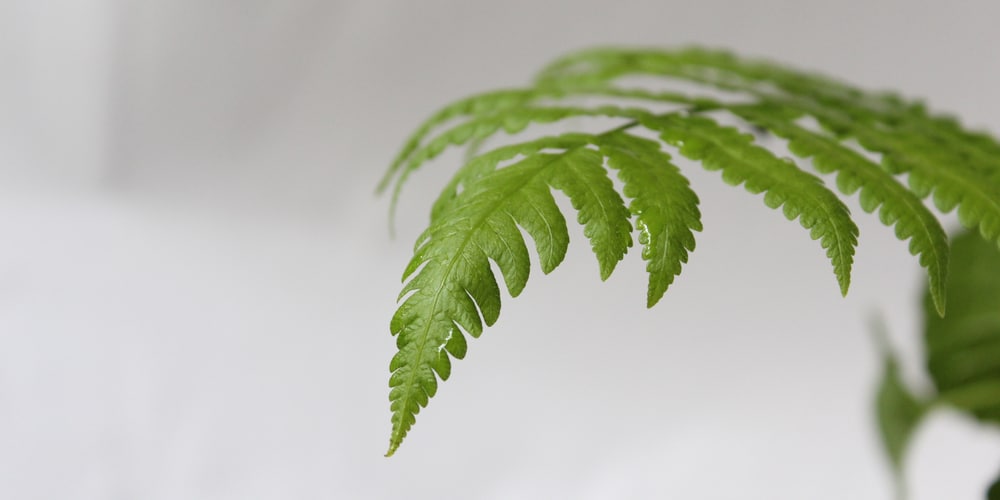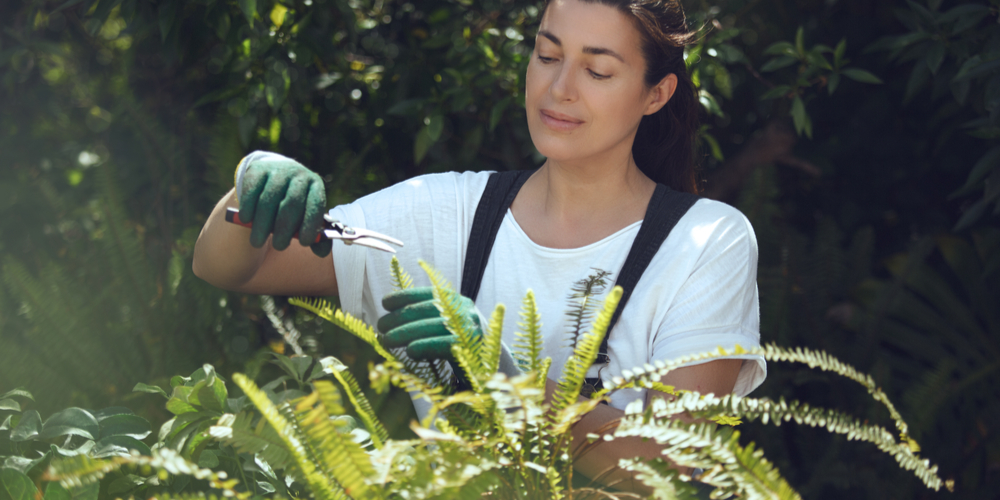Do you have a green thumb? If so, you know that propagating ferns is one of the easiest ways to grow more plants. Ferns are hardy plants that can be propagated in several ways, including splitting them and rooting stem cuttings.
Can You Split Ferns?
Ferns are a popular houseplant because they are easy to care for and add a touch of greenery to any room. They can also be propagated relatively easily, which means that you can create new plants from existing ones.
There are two ways ferns can propagate, asexual and sexual. Asexual propagation is the most common and involves dividing the plant or taking stem cuttings. Sexual propagation is less common and involves spores and tiny reproductive cells.
Asexual Reproduction
Propagation By Division
Ferns are popular for many home gardeners because of their beautiful foliage and low maintenance requirements. If you already have ferns in your garden, you can easily propagate new plants by physically dividing them.
Simply take a mature clump of ferns out of its container or dig it up out of the ground and divide it into pieces. Every clump of fronds – growing on an erect rhizome – can be separated into an individual plant.
You can simply pull the clump apart with your hands for some creeping species. Others may have strong rhizomes that need to be cut apart with a sharp knife, pruning shears, or shovel.
Once you’ve cut the rhizome, pull the plants apart to untangle their roots. Carefully replant the divisions in moist soil and provide them with partial to full shade. With a little care, your ferns will quickly establish themselves and begin producing new growth.
Once they’re split, replant each divided portion in a container or the ground. For the first few months after dividing them, keep new divisions well-watered while re-establish themselves.
Propagation By Stem Cuttings
Ferns are a type of plant that reproduces through spores instead of seeds. Because of this, they can be a little more difficult to propagate than other plants.
However, you can successfully propagate ferns from cuttings with a little patience and the following steps. First, take a cutting off of the parent plant and place it in some moist soil to root.
You can do this by laying down your hand-cut section flat on the ground or potting soil, then gently covering it with more dirt or moist soil. For best results, keep it in a shaded garden area and mimic its natural growing conditions as closely as possible.
The rooting process is typically pretty straightforward for most ferns propagated from cuttings. It can take anywhere from two weeks to three months, depending on the plant you’re growing.
Also, keep the cuttings moist during this time by watering them regularly. Once the roots have taken hold and the plant has started to grow, you can transplant it into a larger pot or your garden.
Sexual Reproduction
Propagation via Spores
Ferns are a type of plant that reproduces via spores instead of seeds. These microscopic particles are found on the underside of fern leaves, and they can be harvested and used to grow new plants.
Propagating ferns via spores is a relatively simple process, but it does require some patience. First, the spores must be collected and sown onto a potting mix or peat moss.
Keeping the propagation medium moist but not wet is important, as too much moisture can cause the spores to rot. Once the spores have germinated and produced tiny fern plants, they can be transplanted into individual pots or baskets. With proper care, these ferns will eventually mature and produce their spores.
Caring For Baby Ferns
Ferns are a beautiful addition to any home, and they are relatively easy to care for. They will thrive and grow quickly with just a little bit of attention. The most important thing to remember when caring for ferns is to keep the soil moist.
They prefer a humid environment, so misting the leaves regularly is a good idea. Ferns also like filtered light, so placing them near a window is ideal. Baby ferns should be fertilized every two weeks with a diluted solution of liquid fertilizer.
When watering baby ferns, avoid getting water on the fronds, as this can damage the leaves. With a little bit of care, baby ferns will soon be healthy and thriving.
Can You Split Ferns: Final Thoughts
Ferns are a beautiful and low-maintenance addition to any home garden. While they can be tricky to propagate, the process is well worth the effort.
With a little patience and the proper techniques, you can easily grow new fern plants from spores or divisions. So get out there and give it a try! Your green thumb will thank you. Until next time, happy gardening!
Related Article: Birds Foot Fern


